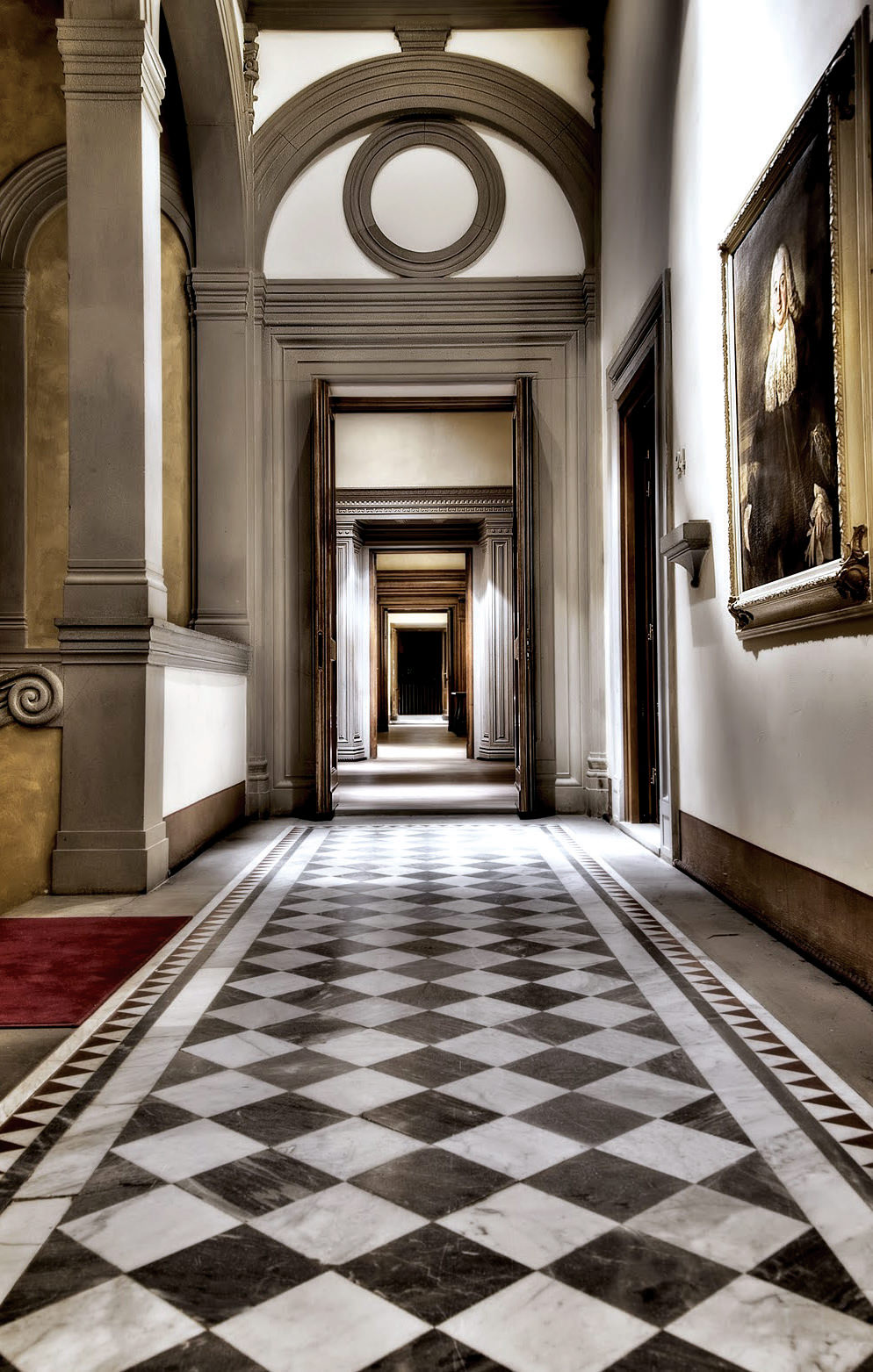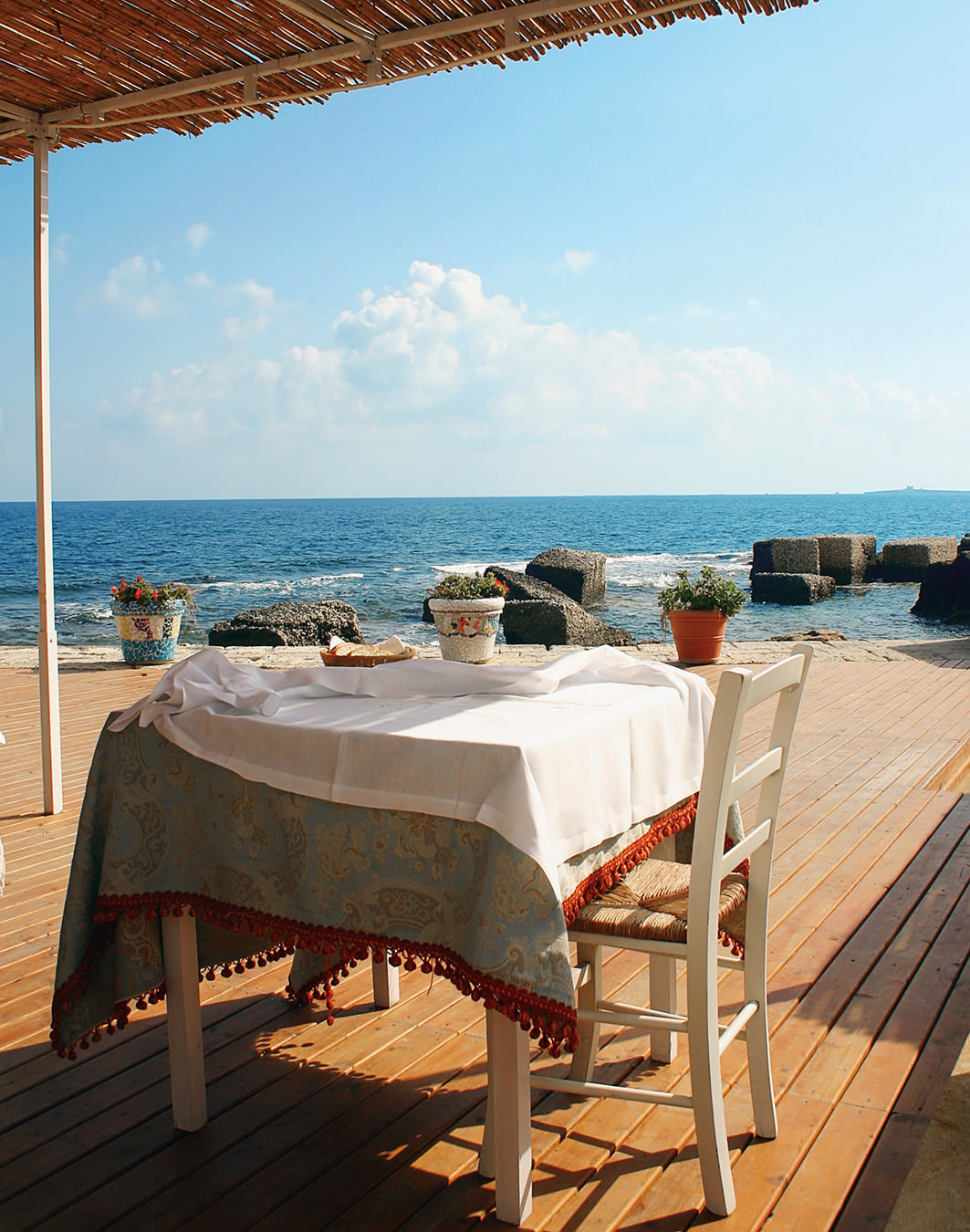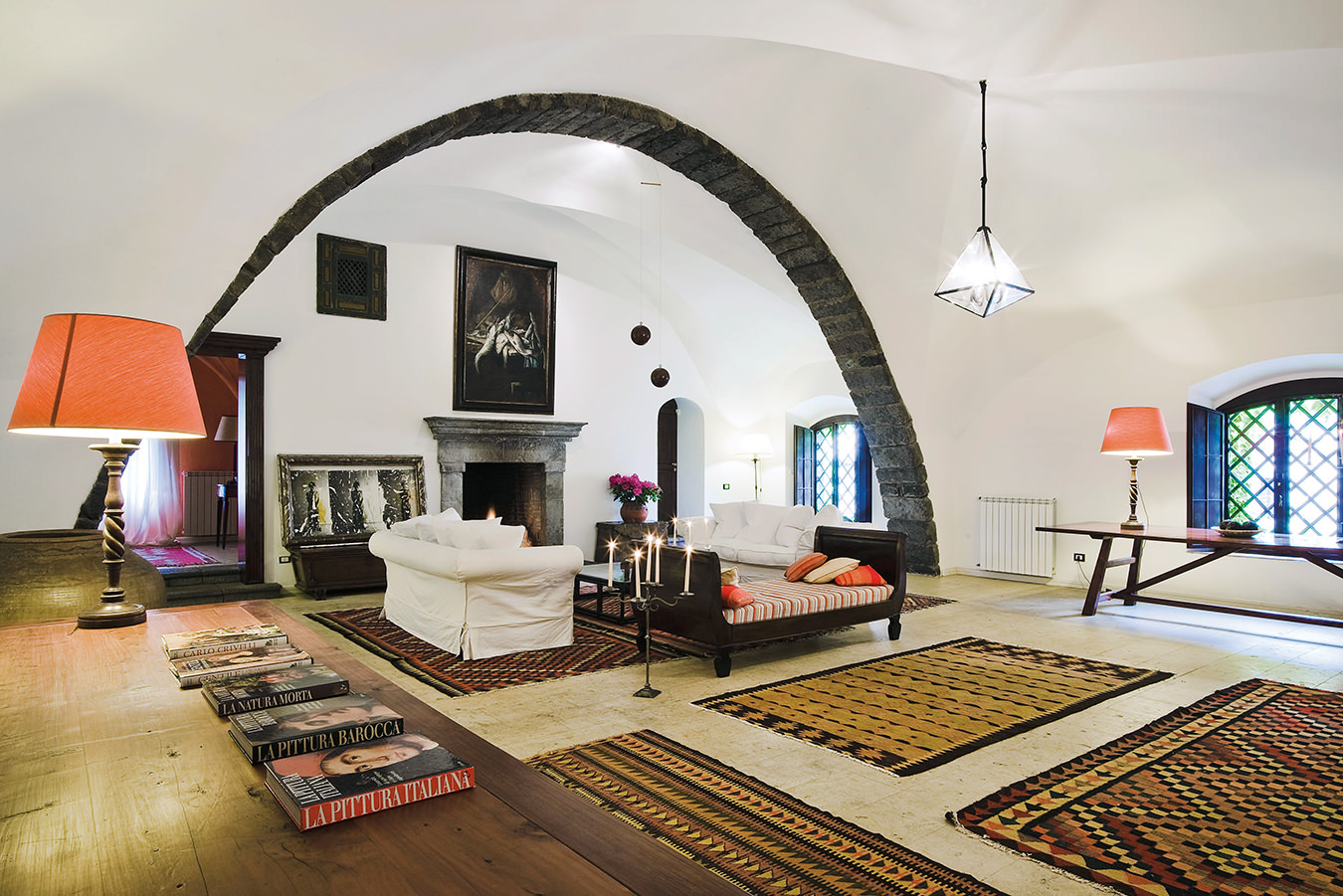Casa Ulìa, a House Surrounded by Olive Trees in Southern Italy
Italian firm Margine designs an energy-efficient home in Salento that also echoes the local landscape.
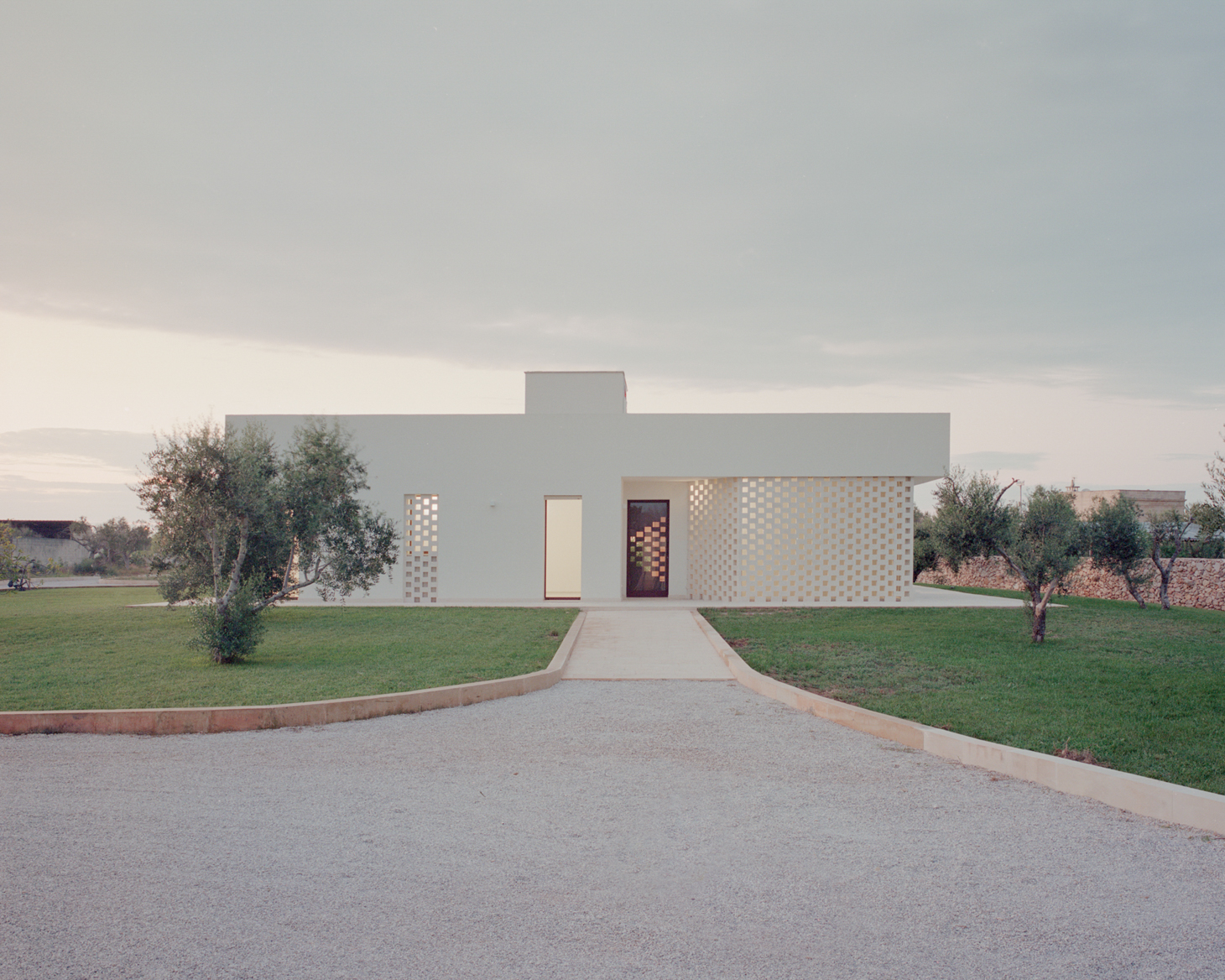
In the Salento countryside in southern Italy, olive trees create a sense of scale. Many of them centuries old, they have not only shaped the region’s ecology, gastronomy, and economy but also create a kind of register of a certain height in the open landscape. So when a young couple—a building contractor and a professor—set out to design this year-round house just outside Lecce, they wanted it to fit into the landscape.
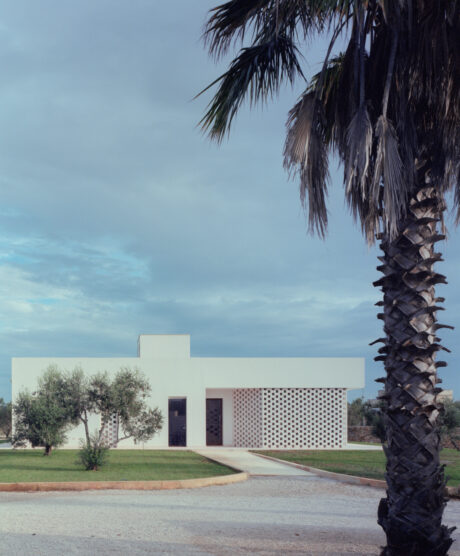
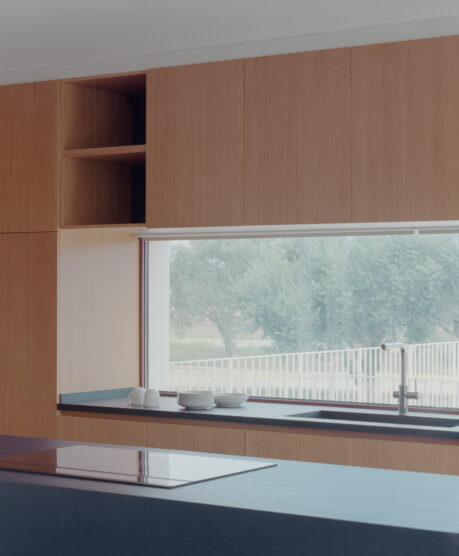


The clients wanted a two-storey home but didn’t want to overwhelm the olive trees that give so much character to this countryside they love. Their architects, Margine, a young firm with offices in Rome and Lecce, proposed the two-storey house the clients wanted but embanked much of the lower floor into the ground. The result is a low-slung building with a lower profile. Its name, Casa Ulìa, means “Olive House” in the Salento dialect.



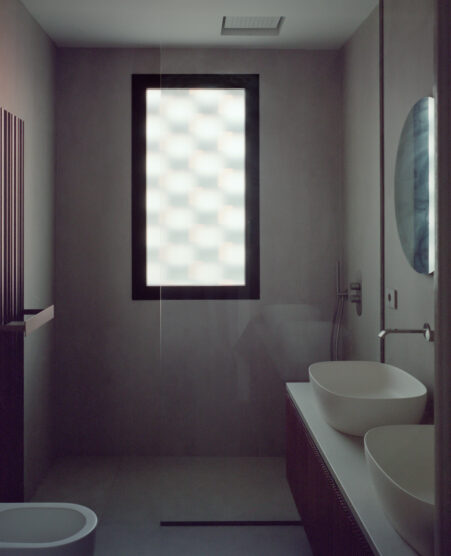
For the principal building material, Margine did not venture far, specifying a local Leccese stone for the walls and paving. This connects the house in direct and material ways to the Salento landscape. The Margine’s founders, Giulio Ciccarese and Valentina Pontieri, also turned to an old technique that, they say, “echoes the region’s vernacular tradition.” On part of the exterior wall, they created a gelosie, or stone screen, that introduces filtered daylight to the interiors.
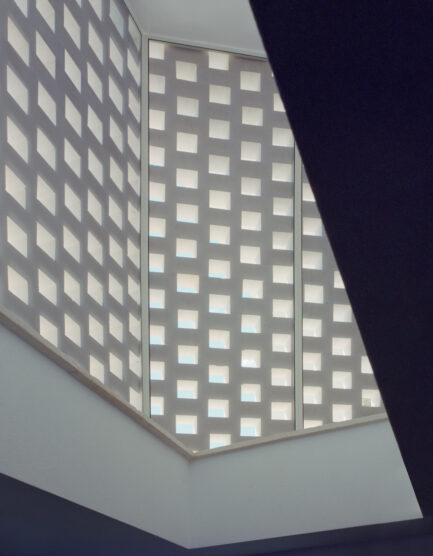

Inside, walnut accents contrast with the white stone walls, giving the living spaces a sense of warmth. Margine also used walnut in the primary suite, for a custom floor-to-ceiling headboard and a discreet walk-in closet. To bring daylight into the basement, Margine carved two below-grade courtyards. These not only create private outdoor spaces but, importantly, also provide the openings to let sunlight in to both levels.
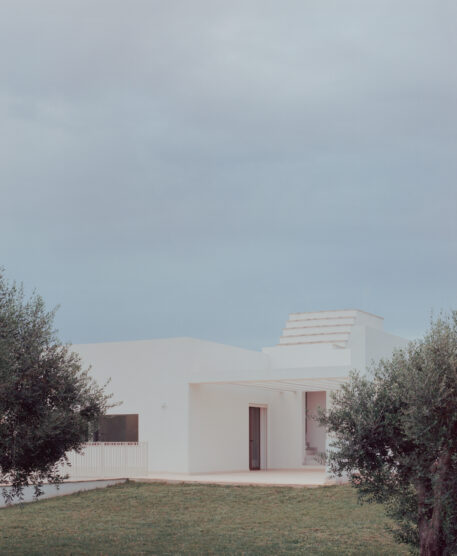
Though the house draws from centuries-old building practices, it also integrates technologies that make it ambitiously energy efficient. Its heating and cooling are provided by a heat pump powered by solar panels and batteries. Notably, it meets the standards of Europe’s NZEB (nearly zero energy) protocols.
Photography by Marcello Mariana.


